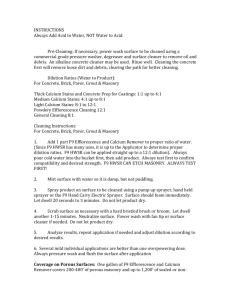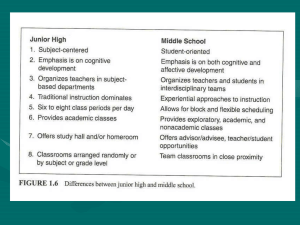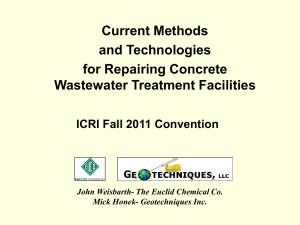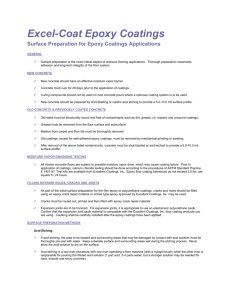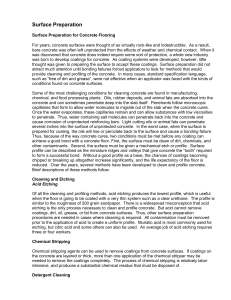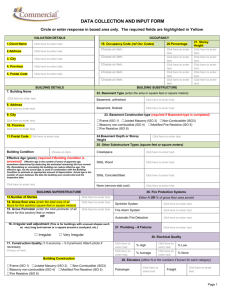09 97 23 - Concrete & Masonry Coatings
advertisement
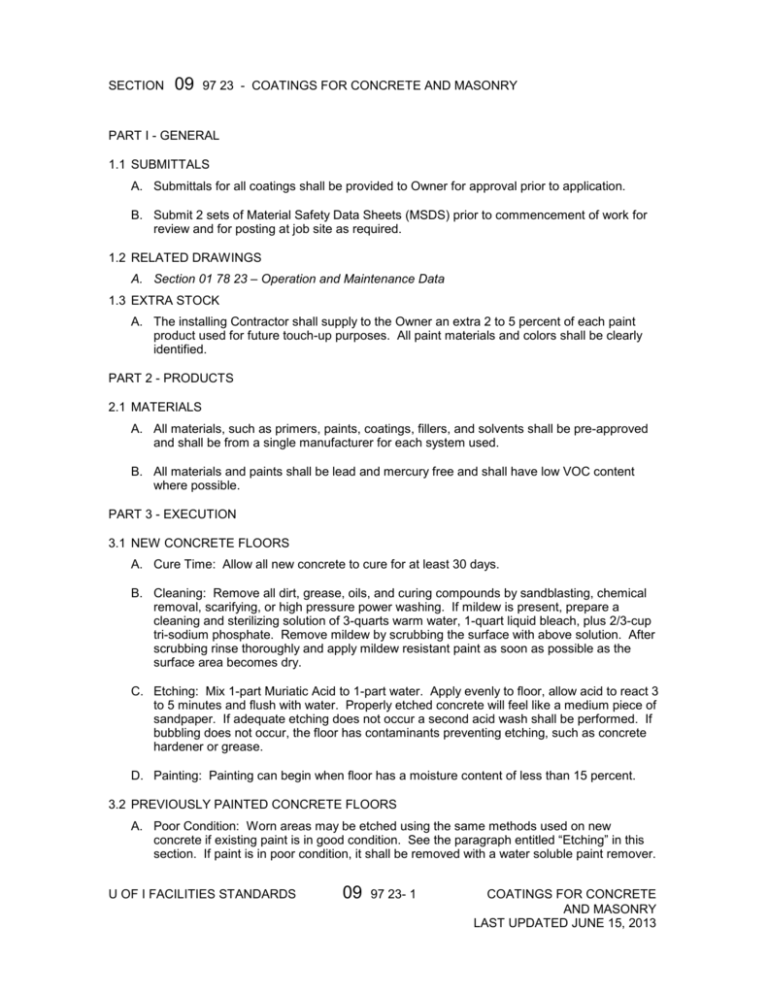
SECTION 09 97 23 - COATINGS FOR CONCRETE AND MASONRY PART I - GENERAL 1.1 SUBMITTALS A. Submittals for all coatings shall be provided to Owner for approval prior to application. B. Submit 2 sets of Material Safety Data Sheets (MSDS) prior to commencement of work for review and for posting at job site as required. 1.2 RELATED DRAWINGS A. Section 01 78 23 – Operation and Maintenance Data 1.3 EXTRA STOCK A. The installing Contractor shall supply to the Owner an extra 2 to 5 percent of each paint product used for future touch-up purposes. All paint materials and colors shall be clearly identified. PART 2 - PRODUCTS 2.1 MATERIALS A. All materials, such as primers, paints, coatings, fillers, and solvents shall be pre-approved and shall be from a single manufacturer for each system used. B. All materials and paints shall be lead and mercury free and shall have low VOC content where possible. PART 3 - EXECUTION 3.1 NEW CONCRETE FLOORS A. Cure Time: Allow all new concrete to cure for at least 30 days. B. Cleaning: Remove all dirt, grease, oils, and curing compounds by sandblasting, chemical removal, scarifying, or high pressure power washing. If mildew is present, prepare a cleaning and sterilizing solution of 3-quarts warm water, 1-quart liquid bleach, plus 2/3-cup tri-sodium phosphate. Remove mildew by scrubbing the surface with above solution. After scrubbing rinse thoroughly and apply mildew resistant paint as soon as possible as the surface area becomes dry. C. Etching: Mix 1-part Muriatic Acid to 1-part water. Apply evenly to floor, allow acid to react 3 to 5 minutes and flush with water. Properly etched concrete will feel like a medium piece of sandpaper. If adequate etching does not occur a second acid wash shall be performed. If bubbling does not occur, the floor has contaminants preventing etching, such as concrete hardener or grease. D. Painting: Painting can begin when floor has a moisture content of less than 15 percent. 3.2 PREVIOUSLY PAINTED CONCRETE FLOORS A. Poor Condition: Worn areas may be etched using the same methods used on new concrete if existing paint is in good condition. See the paragraph entitled “Etching” in this section. If paint is in poor condition, it shall be removed with a water soluble paint remover. U OF I FACILITIES STANDARDS 09 97 23- 1 COATINGS FOR CONCRETE AND MASONRY LAST UPDATED JUNE 15, 2013 B. Good Condition: Remove all wax and grease. Sand to remove gloss of old finish prior to coating. Severely contaminated areas shall be sandblasted. 3.3 VERTICAL MASONRY SURFACES A. Unpainted Surfaces 1. Concrete: Surfaces must be clean and free of dirt, grease, oils, wax, and efflorescence. All cracks and voids shall be filled. New concrete may have a coating applied to speed up curing and hardening; this material shall be removed by sandblasting prior to applying coatings. 2. Block Walls: Surface shall be filled with high quality block filler. New masonry surfaces that are not highly alkaline do not require a special primer if latex paint is used as a finish coat. B. Painted Surfaces 1. Concrete and Block Walls: Surface shall be free of dirt, grease, all loose or chalky deposits, and efflorescence. All cracks and voids shall be filled. Glossy areas shall be sanded or dulled with a surface conditioner. Efflorescence, which may appear on damp interior or exterior walls, shall be removed and the cause repaired or corrected in a surface treated before coating. Efflorescence shall be completely removed by scraping, chipping, sandblasting, or with a Muriatic Acid wash. The surface shall then be primed with an alkali resistant primer. PART 4 - SUBMITTALS 4.1 SCHEDULES A. [Note to AE: Ensure schedules are submitted which will enable the replication or reorder of any manufactured product per Section 01 01 78 23 – Operation and Maintenance Data] END OF SECTION 09 97 23 This section of the U of I Facilities Standards establishes minimum requirements only. It should not be used as a complete specification. U OF I FACILITIES STANDARDS 09 97 23- 2 COATINGS FOR CONCRETE AND MASONRY LAST UPDATED JUNE 15, 2013
